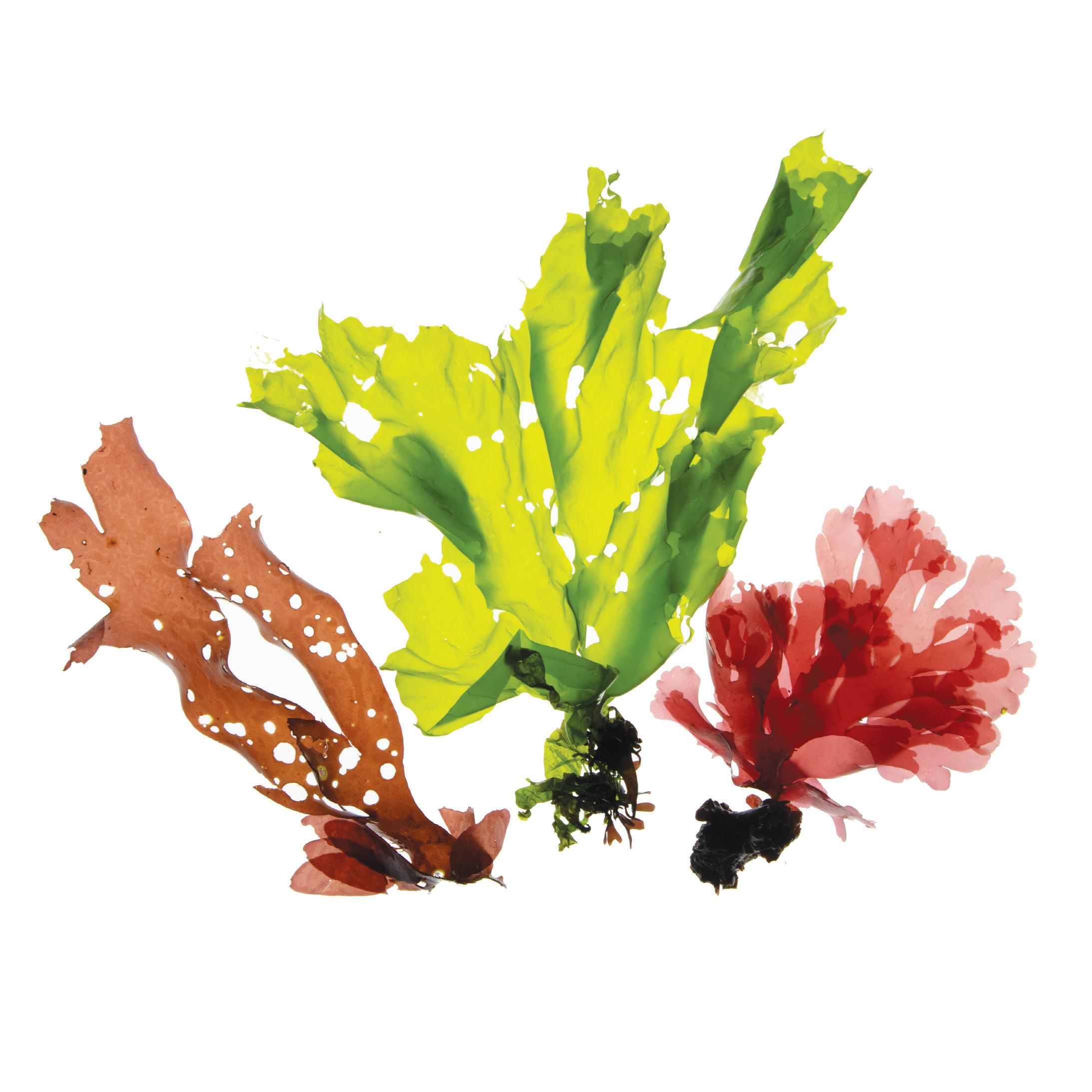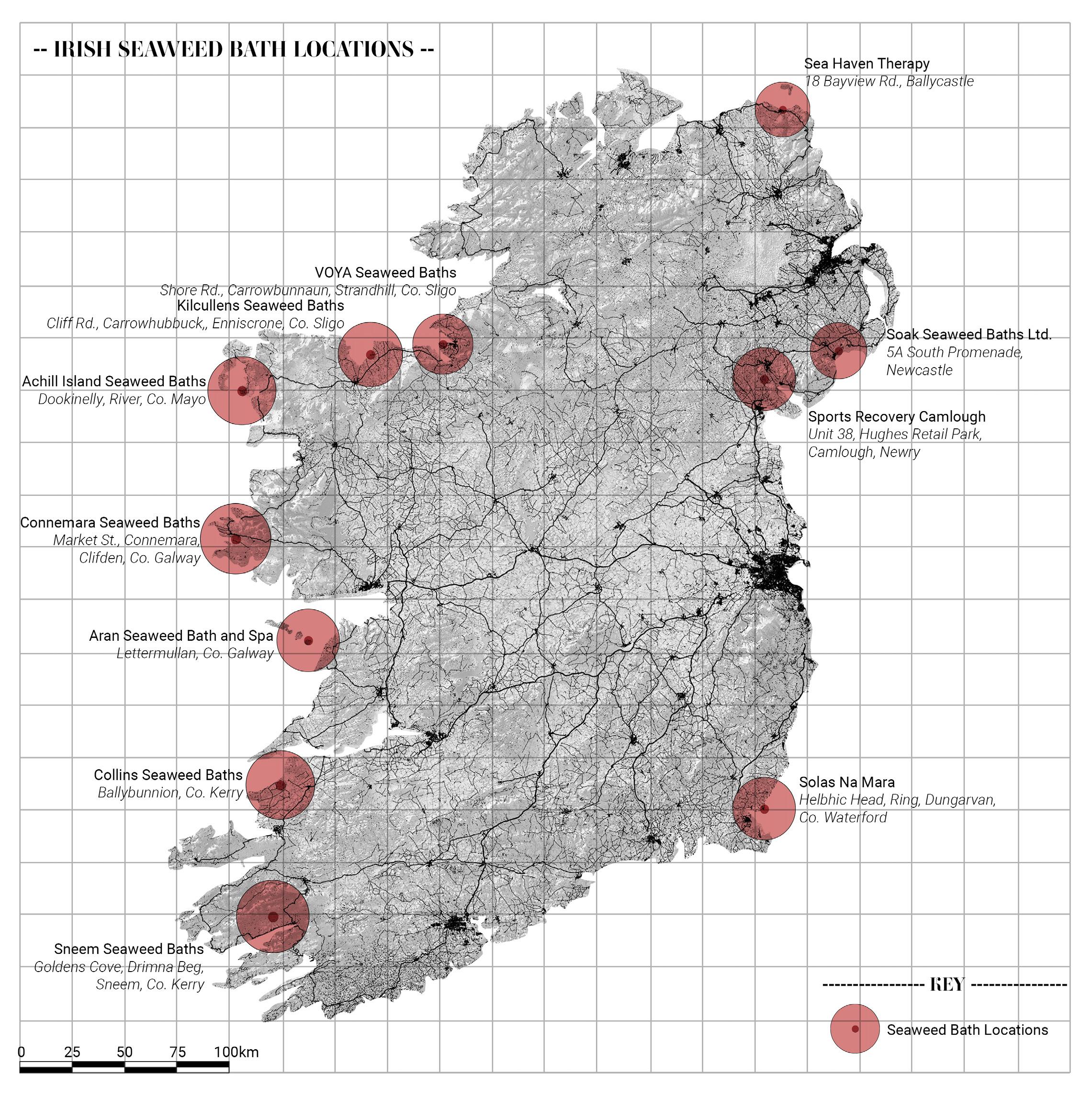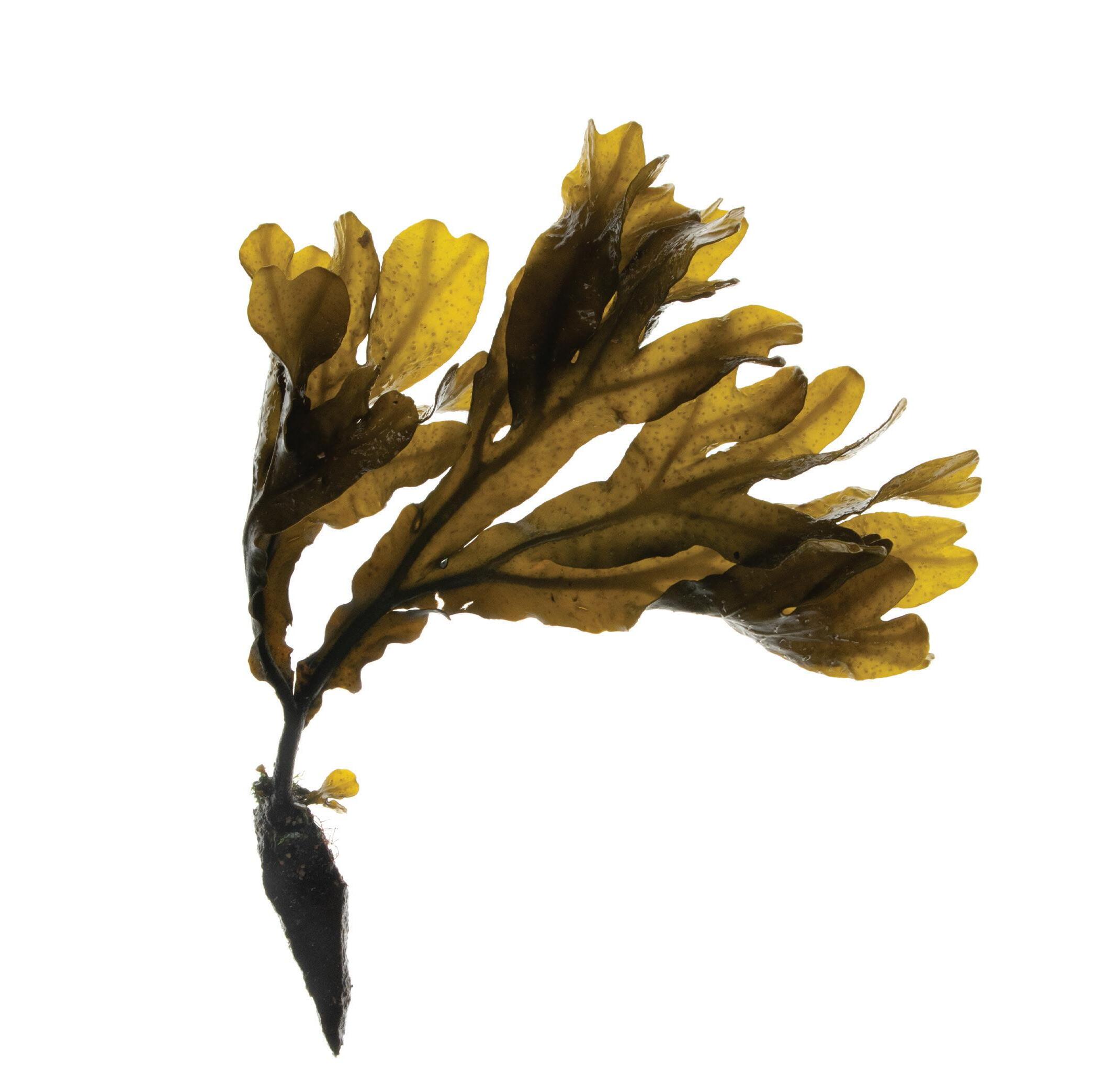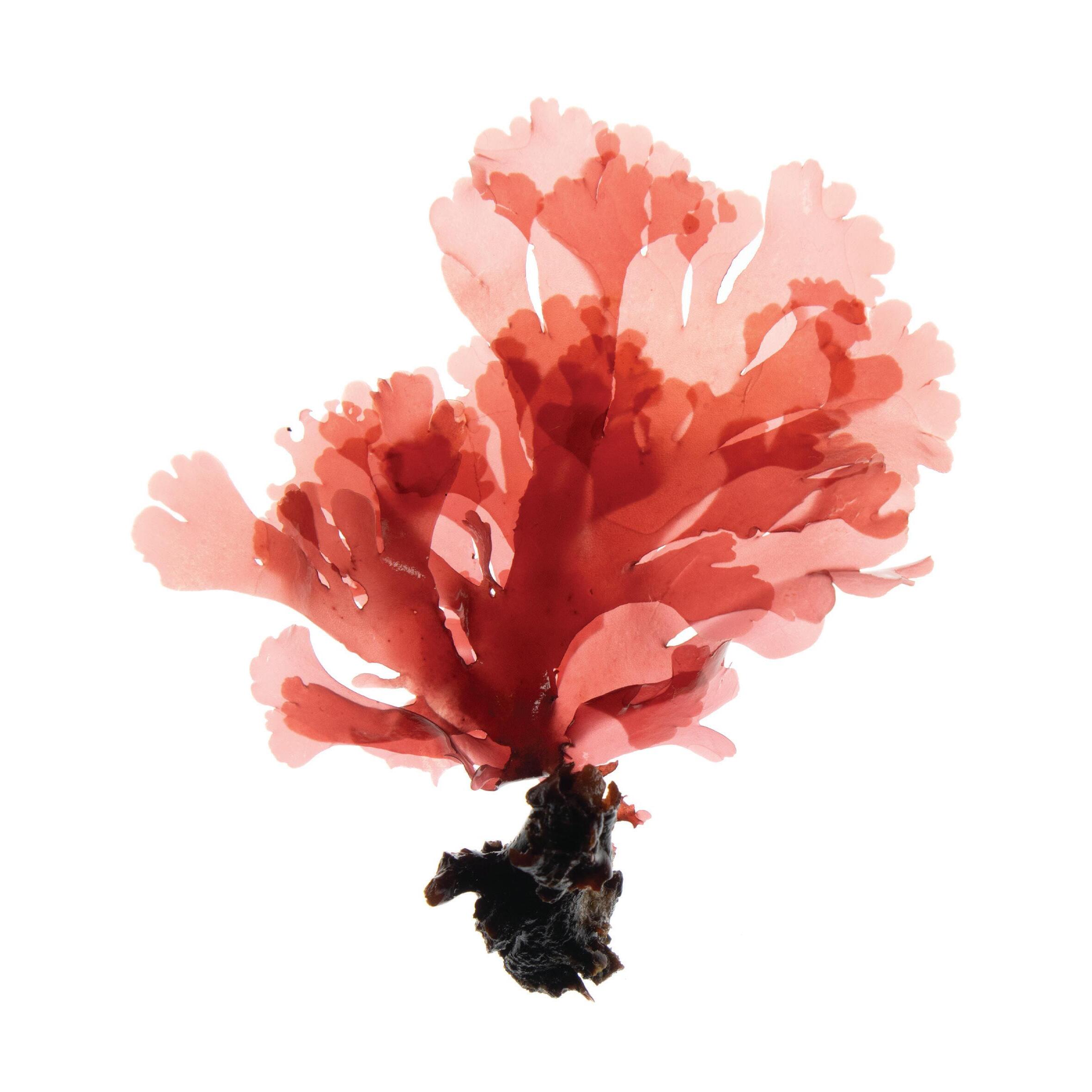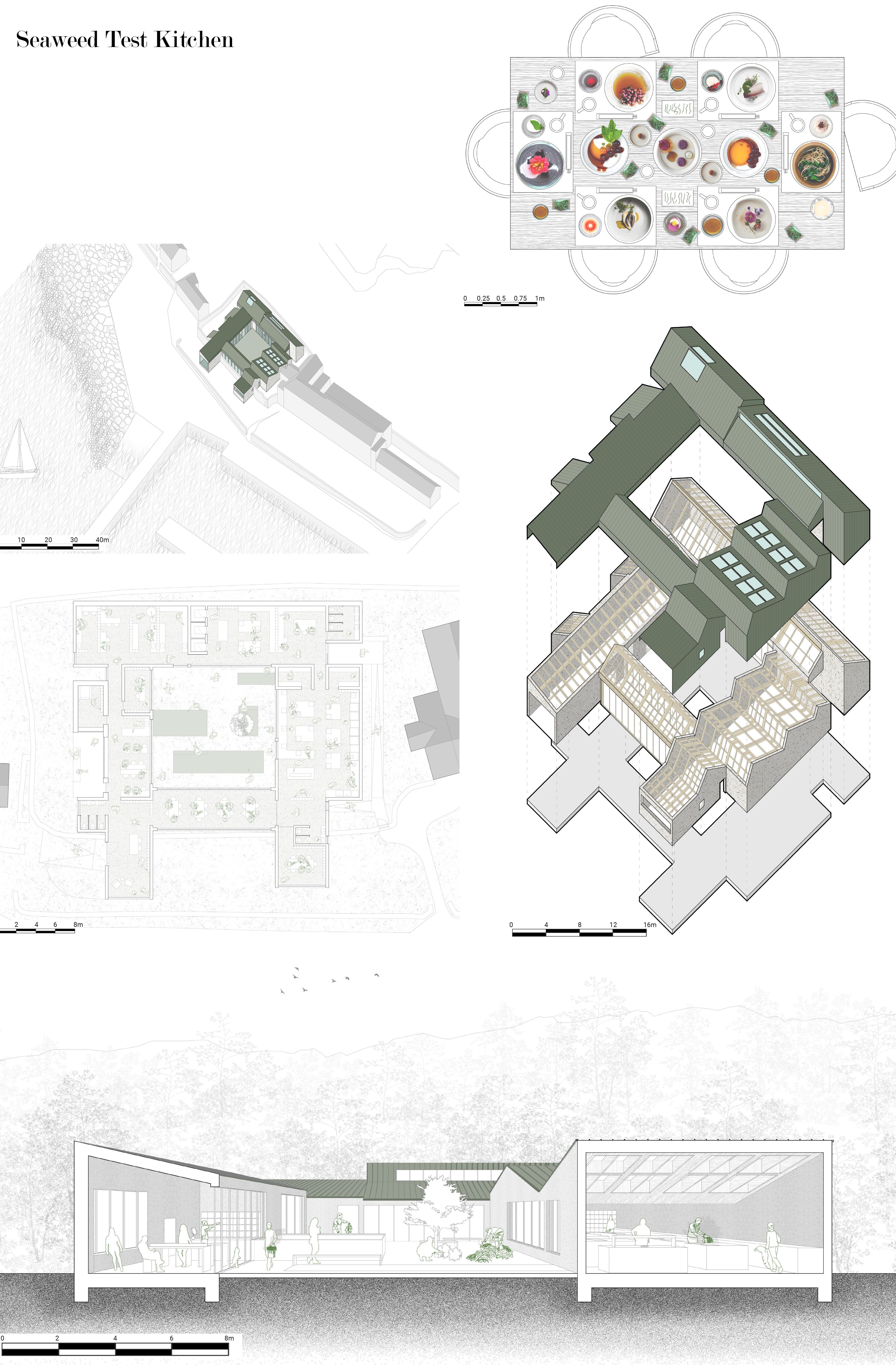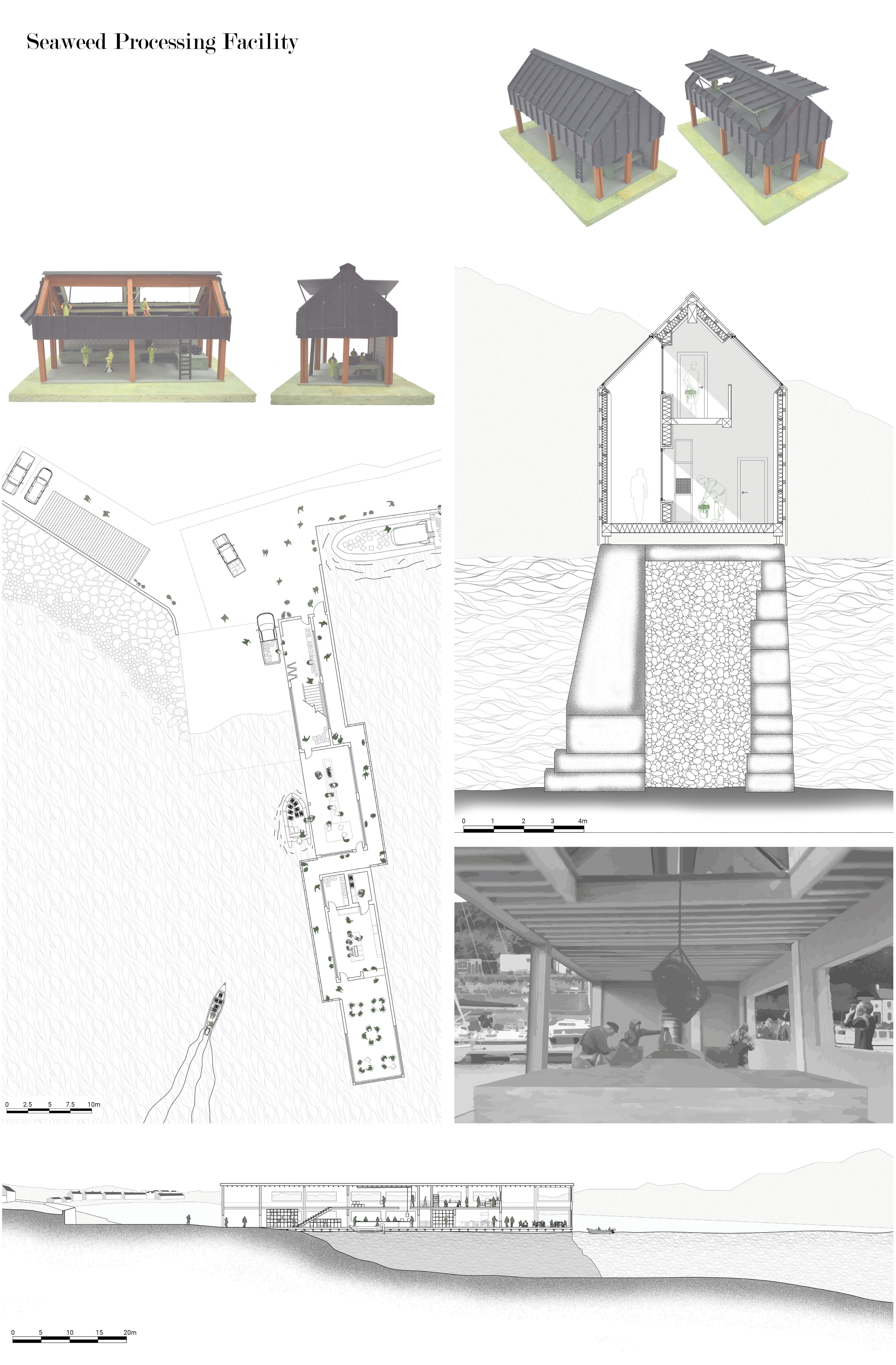Staging Symbiosis Seaweed Plus



Amidst the climate and ecological crises, seaweed stands out as a powerful, nature-based solution with remarkable scaling potential. It not only directly sequesters carbon but also indirectly reduces greenhouse gas emissions in diverse ways. Seaweed’s applications span across supporting food systems, offering plastic alternatives, restoring biodiversity, purifying ocean waters, reducing methane emissions from livestock, and creating sustainable income streams for coastal communities where fishing industries are in decline. Along the Irish coast, where seaweed is abundant, a seaweed-based economy could yield multiple environmental and social co-benefits. Yet, despite its vast potential, seaweed’s role as a tool in addressing the environmental challenges remains underexplored. This exhibition is part of an architectural design studio that seeks to delve into that untapped potential.
In collaboration with architecture staff and students from Queen’s University Belfast (QUB), a series of architectural visions for a future that relies more heavily on seaweed have been developed, set within the unique landscape of Rathlin Island. The content was produced in Spring 2024 as part of an architectural design studio titled Staging Symbiosis: Seaweed Plus, led by Dr. Nuala Flood and Dr. Sean Cullen. This exhibition unveils these speculative designs and explores how architecture, the built environment, and onshore infrastructure can support the growth of multiple seaweedbased industries. From food innovation to art and craft, these design interventions illustrate how seaweed could help rejuvenate Ireland’s declining coastal communities. Highlights include the Seaweed Test Kitchen by Oileán Galligan, a hub for seaweedinspired food innovation; the Seaweed Processing Facility by Jake Newman, envisioning a marine algae processing plant at Rathlin’s port; and the Seaweed Crafting Centre by Imogen Erskine, where local art and craft integrate seaweed as a primary material.
To communicate seaweed’s natural beauty, this exhibition also features seaweed encapsulated in resin blocks created by Natalia Mokras, and photographic explorations of seaweed by Dr. Nuala Flood.
Together, these works urge us to rethink seaweed as a currently underutilised resource and to envision a future where it could play a vital role in addressing the climate and ecological crises.
and
Acknowlegements
The graphic design and publication of this exhibition have been kindly funded by the School of Natural and Built Environment, Queen’s University Belfast (QUB). The content was generated as part of the 2023-24 architectural design studios titled Rathlin CoLab and Staging Symbiosis: Seaweed Plus, led by Dr. Nuala Flood and Dr. Sean Cullen, as part of the BSc architecture programme, led by Dr. Clare Mulholland. The methodology used in Rathlin CoLab was derived from a multi-year collaborative design project titled Public CoLab. The studios have also been informed by research undertaken as part of Future Island-Island, an Arts and Humanities Research Council Future Observatory programme titled Design the Green Transition (AH/Y003780/1).
We would like to thank all the students who participated in this studio, especially Imogen Erskine, Oileán Galligan, and Jake Newman, whose architectural designs are exhibited. The seaweed blocks were created by Natalia Mokras, the prototypes of which were created as part of the 2023-24 QUB MArch design studio titled Terraqueous, led by Prof. Gary Boyd and Prof. Tom Jefferies. The graphic design was created by Aimee Grant, QUB MArch and Terraqueous design student.


